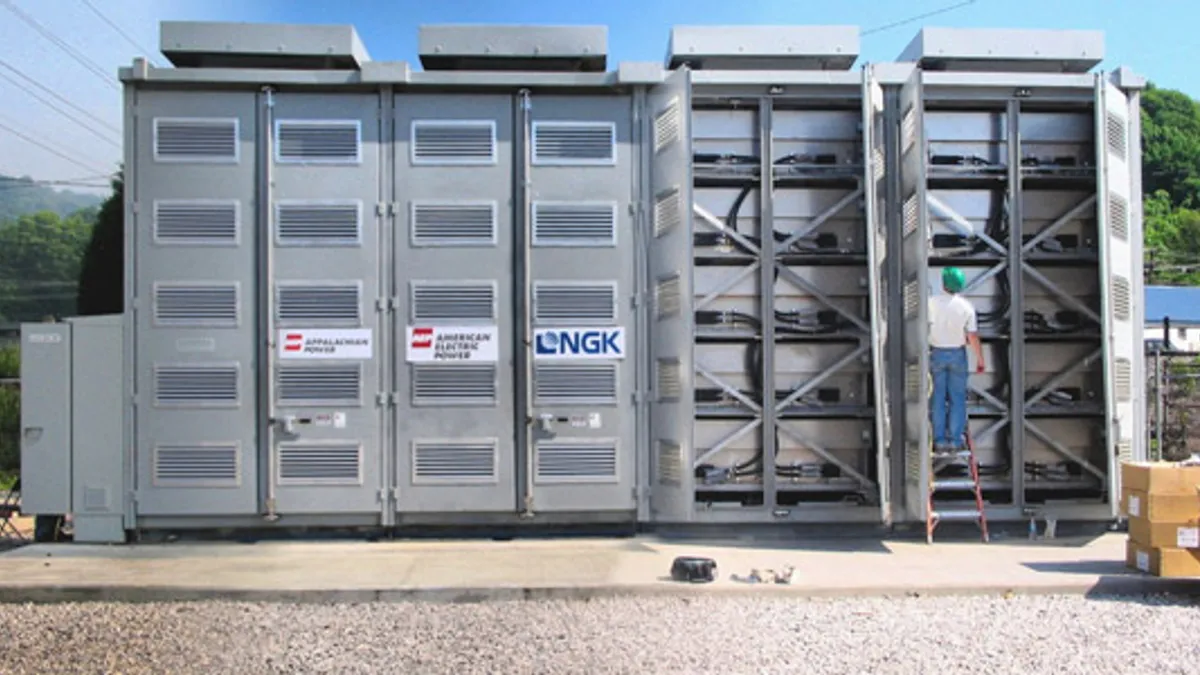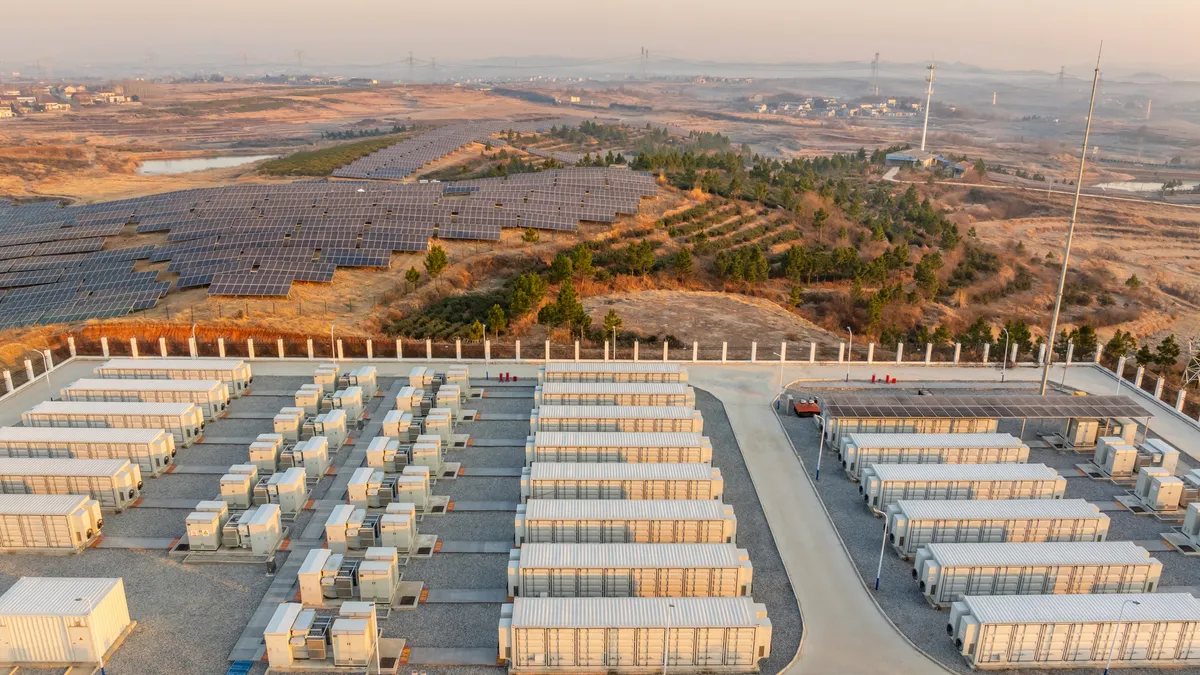Several trends are shaping the market for energy storage, but perhaps none is more dramatic than the advent of the virtual power plant.
A new report from Navigant Research argues that energy storage enabled virtual power plants will “invade energy markets,” in the coming years. The report’s authors argue that virtual power plants (VPPs) will serve as precursors to a fully functional energy cloud.
“We are seeing the beginning of creativity around energy storage and the monetization of the benefits to utilities,” Anissa Dehamna, principal research analyst with Navigant and one of the authors of the report, said.
Dehamna compared the state of the energy storage market today with the early days of solar power and said there is a lesson to be learned from that experience. Utilities put up a lot of resistance to residential solar power and, as a result, they lost the opportunity to have a behind-the-meter asset in customers’ homes.
Utilities are recognizing that energy storage is not necessarily a threat; it can be an opportunity, Dehamna said, citing pilot programs under way in Kentucky, New York and Vermont.
Virtual Power Plants becoming reality
In a trial project in Kentucky, the Glasgow Electric Plant Board is installing Sunverge Energy’s smart energy storage devices as part of the municipal utility’s effort to reduce CO2 emissions by 25%.
The system is being installed in 165 homes and includes software to manage the stored energy. The system will capture power from the grid at night or when demand and costs are lower. When demand peaks and costs are higher, the utility will order the batteries to release that power and distribute it to its customers, reducing the need to supply additional power from traditional generating plants.
In New York, Consolidated Edison is working with SunPower and Sunverge to integrate residential behind-the-meter storage resources into the grid. The SunPower/Sunverge platform provides aggregated control of individual residential resources, converting them into a 1.8-MW VPP with an aggregated energy output of 4 MWh.
In Vermont, Green Mountain Power has teamed up with Tesla Motors to offer its customers lease agreements for Tesla’s residential Powerwall storage device.
In all three programs the storage/software systems serve to combine supply resources at a variety of locations and allow them to be managed and dispatched and delivered to a utility as if from a single power plant, that is, a virtual power plant.
VPPs and the energy cloud
The authors of the report, which highlights the top five trends in energy storage in 2016 and beyond, say the growth of VPPs will pave the way for the energy cloud in which participants would be able to buy and sell energy from multiple sources among themselves. The energy cloud is similar to a VPP, but energy transactions would be able to flow in two directions, instead of just one.
The key to the unfolding of that trend is another trend outlined in the Navigant report. “Looking to 2016 and beyond, it is expected that the energy storage industry will resolve persistent issues such as standardized contracts and modular system design, embrace new business models such as residential storage and virtual power plants,” Dehamna said.
Standardization is taking place on many fronts but the key issue is regulatory, William Tokash, senior research analyst for energy at Navigant and one of authors of the report, said.
The authors see momentum in the energy storage industry that will enable it to build on its record performance in 2015, when 221 MW of storage was deployed, a 243% increase from 2014.
Rapidly falling technology costs and innovative business models will combine with government policies and regulatory reforms to create a dynamic market for energy storage, they wrote.
In particular, Tokash sees the storage industry moving toward standardized contracts in the same way as the solar power industry in recent years implemented standardized solar power purchase agreements.
“Contracts and financing are the glue of capitalism,” Tokash said. Standardized contracts would benefit both developers of energy storage systems and investors looking to put capital into those projects.
Several efforts are already under way aimed at creating standards for the energy storage industry. The Navigant report highlights two of those: the Electric Power Research Institute’s Energy Storage Integration Council and the work of the Modular Energy Storage Architecture group.
A standard modular design would allow plug-and-play compatibility and capability that would bring multiple benefits to the deployment of energy storage, Tokash said. The industry will not be able to grow to its potential when the design of every storage system and of every storage installation is a “snowflake.”





















